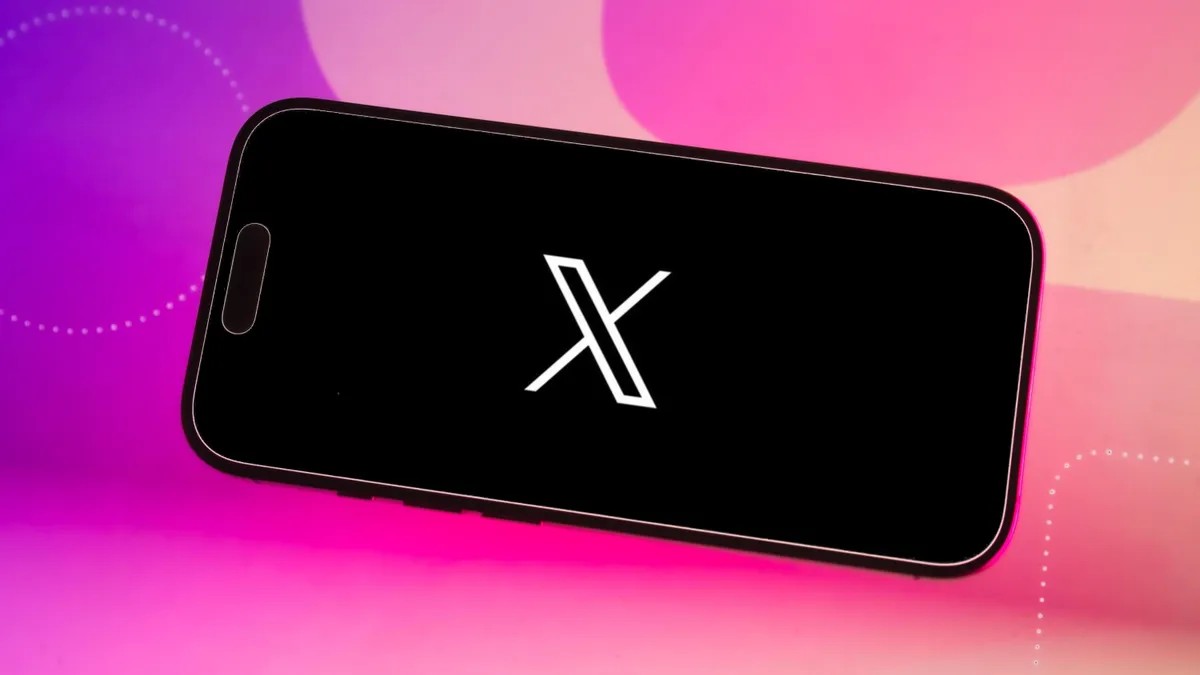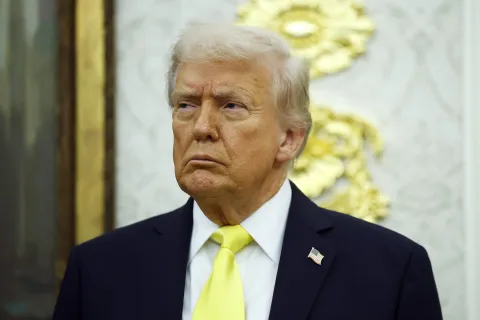New York — When Elon Musk finalized his $44 billion acquisition of Twitter in October 2022, the tech world braced for a radical transformation. The outspoken billionaire had made it clear that his vision for the platform was drastically different from its predecessors. Within days, he began implementing sweeping changes, from massive layoffs to controversial policy shifts that upended Twitter’s traditional structure. Advertisers, who accounted for the majority of Twitter’s revenue, were alarmed by the growing instability and the rise in unmoderated content. The response was swift—major brands pulled their ad spending, and X’s valuation nosedived. By late 2024, Fidelity valued the company at just 20% of what Musk had paid for it.
Fast-forward to early 2025, and Musk appears to be engineering one of the most unlikely turnarounds in tech history. Reports from Bloomberg indicate that X is in discussions to raise funding at a valuation of $44 billion, a figure that suggests the platform is making a financial recovery. While these talks are still in progress and no deal is guaranteed, the fact that X is even being considered at its original purchase price marks a dramatic reversal from the crisis it faced just months ago.
The return of major advertisers has played a crucial role in X’s financial resurgence. After a mass departure driven by concerns over hate speech and brand safety, companies such as Apple and Amazon are reportedly reinvesting in the platform’s ad campaigns. This renewed confidence suggests that Musk has made sufficient changes to reassure brands that X is once again a viable advertising space. One of the key actions that helped facilitate this shift was the removal of several pro-Nazi accounts from ad eligibility, a move designed to demonstrate that the company was willing to make concessions to maintain advertiser relationships.
Beyond advertising, Musk’s efforts to integrate X into his broader technological ecosystem have further enhanced its value. The company holds a stake in xAI, Musk’s artificial intelligence venture, which is currently seeking a $75 billion valuation. This connection has not gone unnoticed by investors, who now view X not just as a social media platform but as a potential gateway into Musk’s expanding AI ambitions. The possibility of future synergies between X and xAI has made the platform more attractive to those willing to bet on Musk’s long-term vision.
Musk’s influence in the political arena has also reshaped X’s role in the media landscape. As a special government employee under the Trump administration, Musk has gained an unprecedented level of access to policymaking. X has, in turn, become the primary social media tool for tracking and interacting with the Trump administration. Musk’s use of X to amplify pro-Trump messaging has further entrenched the platform as a political force, with investors recognizing its newfound relevance in shaping public discourse.
Despite this progress, X remains a company in transition. Its ambitious plans to become an “everything app” akin to China’s WeChat—offering digital payments, e-commerce, and expanded content services—are still in their early stages. The platform recently announced a partnership with Visa to introduce digital wallets, but it remains to be seen whether Musk can fully execute his vision. Meanwhile, technical issues persist, with longstanding features such as Spaces continuing to experience glitches, raising questions about the company’s operational efficiency.
For now, Musk has managed to steer X away from the financial abyss and back toward stability. Whether this revival is sustainable in the long term remains an open question, but one thing is clear—Musk has once again defied expectations, and X is no longer the lost cause it once appeared to be.






